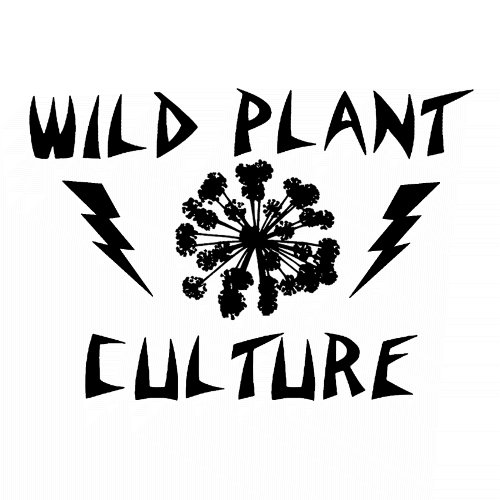Between Culture and Ecology

Speciation-- and thus wild diversity-- occurs through geographic isolation and on adaptation to specific ecological niches.
One might argue that the same factors drive cultural diversity. The converse is also true. The erasure of geographic boundaries in globalization, and industrial agriculture's replacement of ecological niches are the primary drivers of global cultural homogenization. [1]
For all the lauded progress of the last century, it was also the era of cultural vanishing. The near extirpation of pastoral nomadism and hunter/gatherer cultures, the loss of 9,000 languages, the permanent silence of uncounted songs, instruments, dances.
Nothing, perhaps, compared to the extinction of over 100 species a day due to globalized resource extraction and widespread land conversion, yet the two are not separable. The old cultures were made rich by their basis in splendidly diverse ecologies.
The turn in culture towards mash-up, pastiche, in art towards critique of other art, in fashion towards a garbology of the past-- could it all be because we've lost an outside reference point, sensual relationships with something other than ourselves? Lost the richness of observing, hunting, planting and touching the world of stone, beast, and leaf?
Now, "nature" art is commonly thought of as "pretty" landscape paintings or photography, but in the old cultures nature and its artifice created whistled languages, throat singing [2], spirit dancing, shamanic healing, gorgeous wood and textile arts... and the frame for being, from the everyday senses to cosmology.
As the ecosystems around us collapse, our culture turns more inward, towards ourselves. Whose senses are as stirred by GMO cornfields as by the wheeling wings of eagles or the wild nectar of forest fruits?
Instead, we eat and watch and like simulacra, various forms of real and metaphorical "junk food" from industrial starch, fat, sugar, salt, with flavors engineered and then turbo-charged to mask their lack of diversity.
* * *
It's a simple exercise to create polar opposites from the globalized, increasingly virtual world and the ecologically emplaced cultures that preceded it. But there's constant co-opting and synthesis [3], and we still have hawks, throat singing, heirloom vegetables, rivers, and the bones of vanished cultures and creatures. Not as abundant or diverse as before, but still there.
The picture is complicated. We can keep place, nature, real water and plants, teeth and claws, in our changing human culture.
But not just by "preserving" them-- cultures and the ecologies they depend on kept as museum pieces. By eating, weaving, hunting, and dancing them. By creating new cultures and new natural places. By ripping up dead landscapes of asphalt, of turf, of monoculture plants, and replacing them with intricate communities of plants, animals, soil and stone -- of medicine, food, fertility and permanence.
To do so, we need to use our senses, become intimate with the fragments of nature around us, and learn by imitation, creating diversity and eroding the boundaries between the human world and the natural world, between culture and ecology.
Others argue that the "hybridization" in globalism leads to dynamic new cultures. Surely true, but... if many cultures are hybridizing with one monolithic global culture, doesn't that make them all more similar?
See, for example,
Where Rivers and Mountains Sing: Sound, Music, and Nomadism in Tuva and Beyond, by Theodore Levin.
And there are a billion impoverished people living neither progress nor ecologically rich lives, having been denied both.
